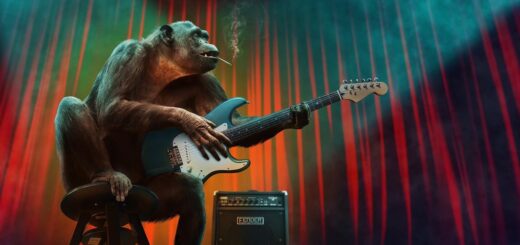Binaural music – listen in stereo headphones

The term “binaural” comes from two Latin words: bina – two and auras – ear. The term “binaural hearing” refers to the ability of humans and animals to determine the direction of a sound source, no matter where it is: left, right, front to back, bottom or top. When listening to a stereo recording, it is also possible to determine the direction of the sound source, but only in one horizontal plane: left or right. In 5.1 systems (e.g. home theater), the back-to-front sound can still be determined, but the top-to-bottom is problematic.
Ideally, to accurately determine the direction of the sound source nature should have provided for us at least 6 ears – by the number of all directions, but we have only two. The function of the other 4 is performed by our brain, which by the difference in frequency and phase components of the vibrations of the sensitive elements of the right and left ear determines the direction. Turn away from the source of sound, and you will hear the high frequency components of the sound, as they are worse envelope the obstacles than the low-frequency waves. If the sound comes from the side, it will reach the left and right ears with a different phase, and so on.
So, to get a spatial picture of the sound, two ears and therefore two independent headphones are sufficient, but the recording of each of the two channels must contain information about the direction of the sound source in the form of the corresponding frequency and phase spectrum. Such recording is called “binaural” and is made with a dummy that ideally imitates all the acoustic properties of a “live” head. Two microphones are placed inside the dummy at the location of the real person’s eardrums. Ideally, the dummy should be made from the person who is going to listen to the recording. A binaural recording can also be listened to through speakers, but we will not hear a circular spatial picture.
In the 1980s, binaural recording was first used by Pink Floyd, Psychic TV, and Roger Waters. Famous recording specialist Dallas Simpson, who experimented in this area in the 2000s with the band “Swimming”.


